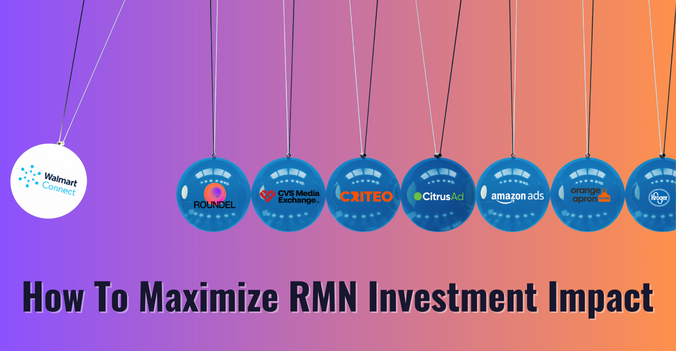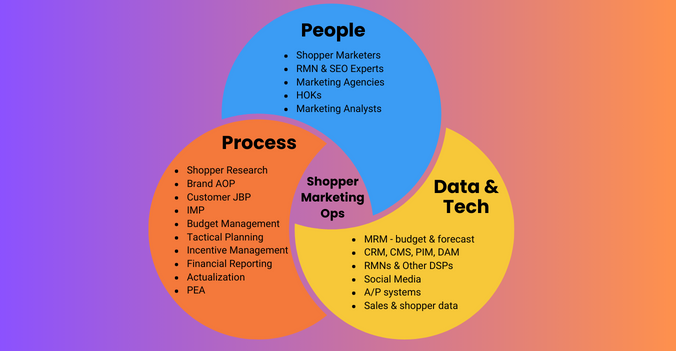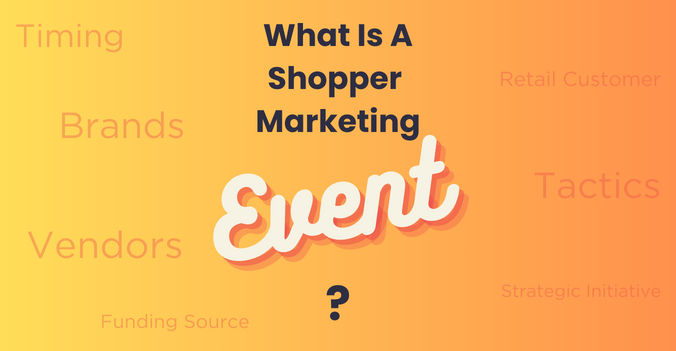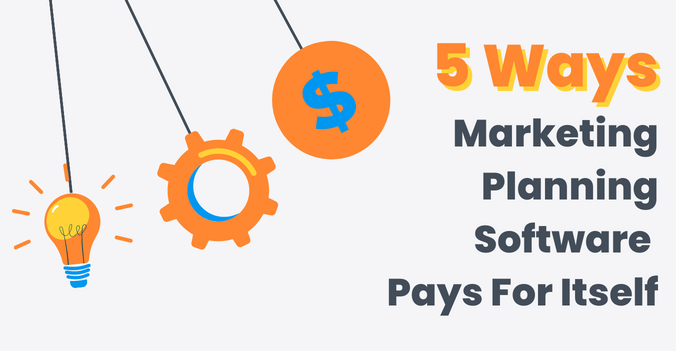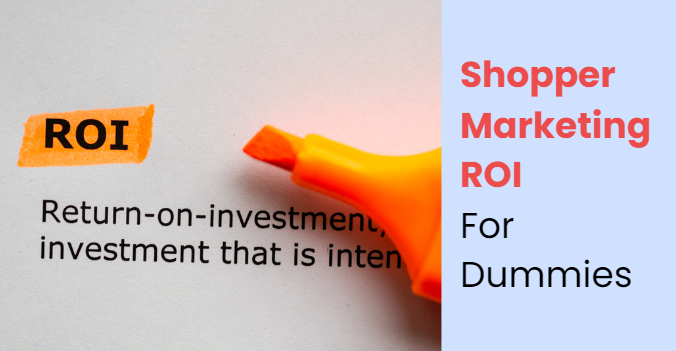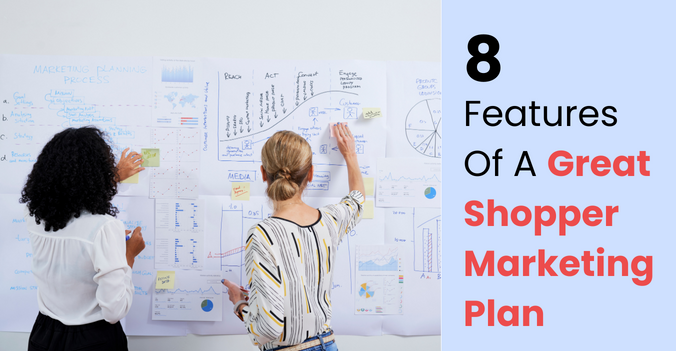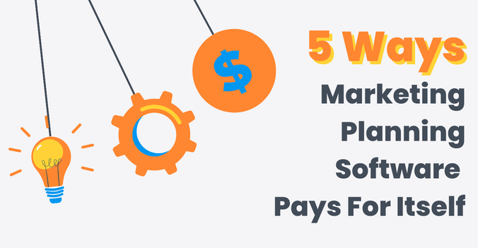
Buying software has always been a complex process in a CPG enterprise. In my almost nine years of selling B2B productivity software, I found the hardest part of closing the deal is not getting my foot in the door to do an initial exploratory call or a demo. In fact, those early meetings usually feel like therapy: future users are excited and giddy, imagining the possibilities for a better process while sharing their frustrations with their current ways of working. The hardest part for any software deal has always been identifying the true decision makers and getting to a full team consensus.
There are so many people who can say “no”, and only a handful who have the political authority, courage, and passion to take on risk and say “yes" to buying a new software. The saddest part is that those who want to buy and will benefit the most from process automation are usually not the ones who have a final say. The executives who do have a final say and hold the purse strings may not relate to your daily struggles. How long ago has your marketing VP or CMO been in the trenches? Do they still remember the pain of manual planning in powerpoints and chasing outdated versions of spreadsheet trackers?
This experience and authority gap between future software users and decision-makers can be bridged through education and business case writing. Most marketing leaders suspect that there are process inefficiencies in their organization, but they need their team’s realistic and honest input to quantify the waste and understand the implications.
Here is a framework we give our future clients when they need to make a case for investing in Shopperations. You can use it for other kinds of process automation technology, too. This framework outlines and quantifies the major areas of savings, such as:
1. Improved Team Productivity
Any process automation software promises to improve team productivity by offering one version of the truth, removing non-value-added tasks, simplifying communications, and offering better insight into the business to make faster decisions. How do you define non-value-added activities in your situation? Think of all the meetings you sit in where all you do is simply share basic facts, such as the latest budgets, program timing, and statuses, or agree on and delegate the next steps. One could argue that most of this can be done online with a proper process automation tool. Marketing technology software can deliver significant productivity savings for businesses of all sizes. According to a Forbes article, Intelligent Automation, a type of MarTech, typically results in cost savings of 40% to 75%, with the payback time ranging from several months to several years.
2. Lower Cost of Analytics
The need for fast, repeatable, and affordable post-promo analytics is a reason many CPG marketing leaders seek external services and technology solutions. Marketing planning software that automates program actualization is a prerequisite for agile post-program analysis because any analysis requires good input data. No matter what methodologies you use or vendor partners you hire to do analytics, they will ask you for the actual spend, timing, tactic, and product details for your promotions. Our experience shows that up to 50% of post-promo analytics work (and cost) is focused on gathering input data due to the poor quality of existing data and inconsistent ways that marketers track their investments.
3. Incremental Gross Margin due to higher Marketing ROI
Automation of post-promotional analytics will naturally lead to faster and better marketing investments. If you know what programs flopped and which ones blew it out of the ballpark in terms of ROI, you are armed with powerful insights for how to improve your marketing budget productivity and, ultimately, the company’s bottom line. In the CPG industry, Incremental Gross Margin ROI, or GMROI, is often used to measure the profitability of marketing investment. If you know the Incremental GMROI generated by your worst and best performers and reinvest 10% of your worst-performing funds into top-performing programs, what could your future GMROI be? Even the most conservative assumptions will deliver very impressive profitability increases here.
4. Shorter Financial Audits
Audits of marketing activities can be quite extensive, as they may involve reviewing a wide range of materials, including marketing plans, advertising copy, promotional materials, and other related documents. The audit may also involve interviews with marketing staff and other stakeholders to gain a deeper understanding of the company's marketing strategy and processes. Such an audit may take a few days to several weeks or even months to complete.
A marketing planning software that is set up and implemented correctly will help accomplish audit preparations in a proactive way. Having all the program details documented consistently and collecting documentation pertaining to contracts, artwork, and in-store and online execution is easy when it’s part of your process across the entire marketing organization and facilitated by automation technology. With planning and tracking software in place, auditors can even complete their audit in self-service mode, without distracting your team and saving them countless hours and stress.
5. Faster ONBOARDING
The onboarding process for new marketing team members typically includes training sessions, peer shadowing, 1:1 mentoring, and attending meetings with different departments within the company to gain a holistic understanding of the organization, its product portfolio, and go-to-market strategy. In addition, systems and data training is usually required to be able to perform their core tasks. The average time to onboard a marketing manager in the CPG industry is 80-160 hours but may take a lot longer for less experienced new hires who don’t know what questions to ask or for organizations that don’t have a solid onboarding process.
Having a foundational system of record really helps significantly shorten onboarding. Such a system allows new team members to get up to speed by seeing their predecessor’s work and watching their peers manage their projects. It offers a framework and serves as a knowledge base for all that your team is working on.
HOW Do I quaNTIFY tHESE?
All of the above may sound intuitive and reasonable to you, but how do you put a quantifiable business that will show the decision-makers just how much they are leaving on the table today?
To see how much you could save your company if you were to automate your planning and analytics processes, check out our Process Automation Savings Calculator and let us know what you think. We have just launched a new version of it and would love your feedback!



